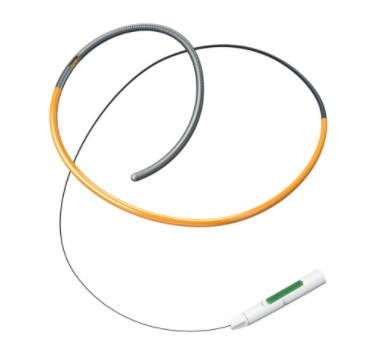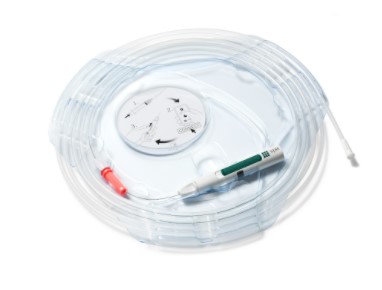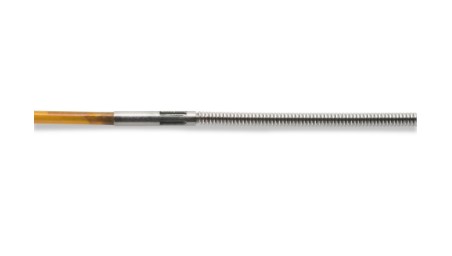Device-Type
FFR Technologies
Manufacturer
Abbott
Abbott’s newest generation of the PressureWire™ X Guidewire offers objective decisions with a simplified workflow.
The innovative PressureWire™ X Guidewire—the world’s only wireless physiology wire2—can measure pressure and temperature to calculate Abbott's Resting Full-Cycle Ratio (RFR), Fractional Flow Reserve (FFR), Index of Microvascular Resistance (IMR), and Coronary Flow Reserve (CFR). The guidewire’s fully integrated, secure, wireless measurements are integral to a cardiac cath lab’s clinical physiology routine.
The PressureWire™ X Guidewire In The Cath Lab

DRIFT
BE CONFIDENT IN YOUR RESTING INDEX DECISION-MAKING with Abbott’s Pressure Wire™ X Guidewire: Abbott’s innovative sensor housing designs offers <1 mmHg/30 minutes with an 84% reduction in drift due to microbubbles.
Drift is an issue that can lead to misclassification of stenosis.
There are two types of drift: wire-related (true drift) and procedure-related (apparent drift). While there are multiple causes of procedure-related drift, microbubbles (from residual air in device) are a major cause of drift. Clinically significant drift is classified as ≥3 mmHg
Drift affects the accuracy of most pressure measurement devices. Accuracy is particularly critical for resting indices, as clinical decisions from resting indices are more impacted by drift than FFR. Compared to the hyperemic state, smaller separation between Pa and Pd at rest means it is critical to detect even the slightest difference of pressure.
Features and Benefits
Recommended Compatible Devices
Safety informations
Potential adverse events
Questions & Answers




